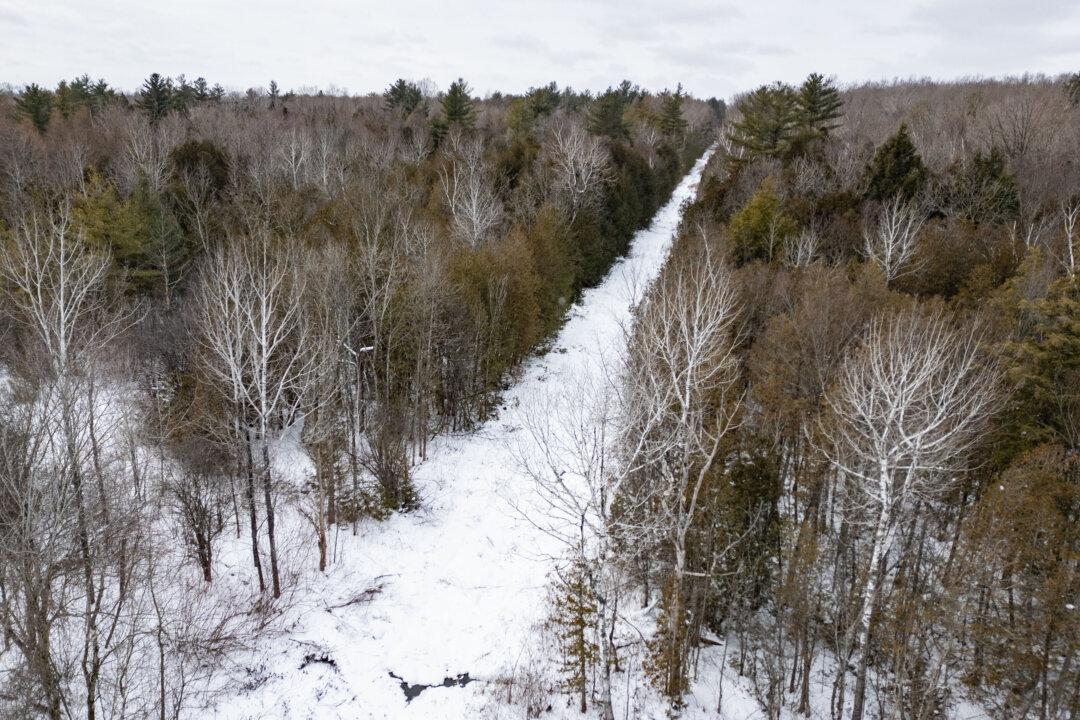Canada’s population grew faster last year than it has at any time since the 1950s, amid a surge in the number of temporary residents, Statistics Canada reported on March 27.
The statistics agency says the population grew by 3.2 percent in 2023, reaching 40,769,890 as of Jan. 1, 2024, the highest rate since 1957, when it grew 3.3 percent.
Growth rates above 3 percent have “never been seen in a developed country” since the 1950s, said Frédéric Payeur, a demographer at Quebec’s provincial statistics agency, the Institut de la statistique du Québec.
Canada’s migration-driven increase is comparable to Israel’s in the 1960s and Ireland’s in 2006 and 2007—when the country experienced an immigration boom during a period of rapid economic growth, he said. But even then, neither of those countries had population increases above 3 percent.
In Quebec, where the population grew by 2.5 percent, “our conclusion is that in absolute numbers, this is the most growth ever seen,” he said. “As a proportion of the population, in 1957, there was a bit more overall growth, but that was mainly due to the baby boom, combined with a wave of migration linked to events in Hungary.”
More than 37,000 Hungarian refugees fled to Canada after Soviet troops crushed an uprising against Communist rule in November 1956.
Across Canada, the population rose by 1,271,872 between Jan. 1, 2023 and Jan. 1, 2024. Statistics Canada says 97.6 percent of that population growth was the result of immigration, with 471,771 immigrants settling in the country last year and the number of temporary residents—most of whom are foreign workers—rising by 804,901.
In Quebec, where the population grew by 218,000 people, almost 100 percent of growth came from immigration, Mr. Payeur said. Quebec’s growth, though record-setting for the province, was lower than that of any other province, except Newfoundland and Labrador.
Alberta saw the most population growth in 2023—4.3 percent—according to Statistics Canada data adapted by the Quebec statistics agency, followed by Prince Edward Island with 3.6 percent.
Ontario’s population grew by 3.4 percent, even while it lost 36,197 residents to other provinces, Statistics Canada said. Alberta gained 55,107 people from other provinces, the largest gain since comparable data became available in 1972.
Quebec reported only 400 more births than deaths in 2023, while the number of temporary residents rose by 174,200 people and the number of permanent immigrants rose by 52,800. Around 9,400 people left the province. Across Canada, births outnumbered deaths by 31,103, Statistics Canada data show.
The growth from new arrivals was probably the highest—both as a proportion of the population and in raw numbers—ever officially recorded in Quebec, Mr. Payeur said.
The provincial statistics agency said Quebec now has around 560,000 temporary residents in its population of almost nine million people, including 234,000 temporary foreign workers, 177,000 asylum seekers and 124,000 international students. This is the second year in a row that the increase in the number of temporary residents has broken records. In 2022, it rose by 150,700.







